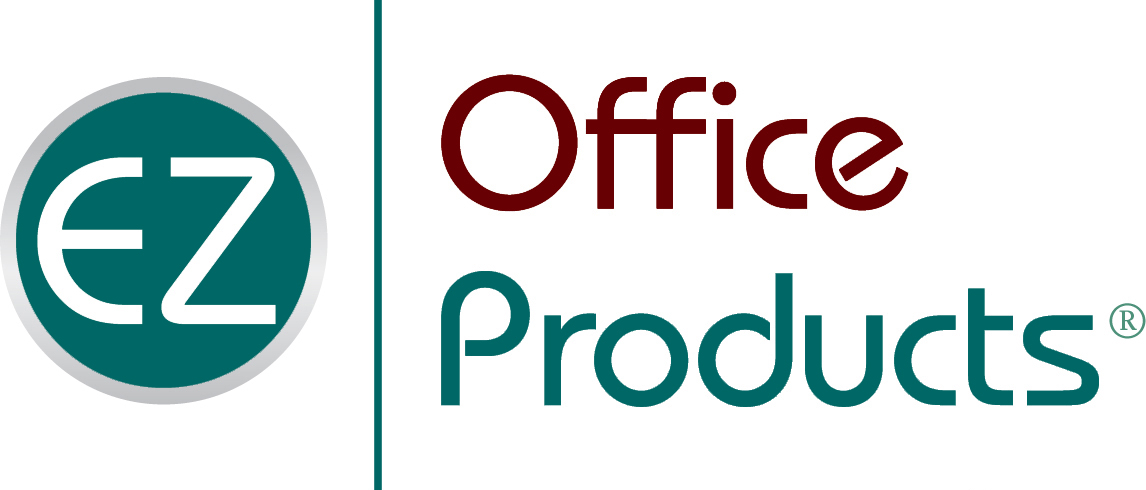HOW TO REDUCE PRINTING COSTS
Discover how you can reduce printing costs in the office.
Estimates by both The Gartner Group and The Recycler show businesses spend between 1% and 3% of their annual revenue on printing. Most of these businesses underestimate their printing costs, and don’t have any process or software in place to track these costs anyway.
That’s a big problem – and an expensive one.
Here’s the good news. This problem can be fixed and you can easily reduce printing costs. The first step is to take advantage of Managed Print Services (MPS). With MPS, your business or organization’s printing devices and practices are monitored, maintained and optimized for maximum efficiency and productivity. You can save up to 30% on overall printing costs while improving the security of your network.
When you purchase printers, it’s a good idea to minimize or even eliminate personal printers. Larger, shared multi-function printers (MFPs) are more efficient and easier to maintain, and MPS allows you to control who has access to sensitive information. Also, look for the Energy Star label. That means the printer is 25% more efficient than non-Energy Star models.
Here is a list of best practices for everyday printing that will reduce printing costs:
1. Print draft quality.
You’ll use less ink and print faster without sacrificing quality.
2. Print in color only when absolutely necessary.
Color print cartridges can cost 40% more than black print cartridges. Color printing takes longer and consumes more power. Unless you really need to impress someone, stick with black and white.
3. Print only the text you need.
If you’re printing pages from the internet, copy and paste into a word processing document and adjust the content to fit as few pages as possible.
4. Use multi-page printing.
When you CAN fit 2-4 pages or more onto a single sheet of paper, the math is pretty simple. This is especially useful when printing files that are rarely accessed or reviewed.
5. Scan more and copy less.
Instead of copying a document and leaving it on someone’s desk or in their mailbox, scan it and email it to them.
6. Encourage duplex printing.
Printing on both sides of the page can reduce paper consumption by as much as 30% in enterprises. Again, this is a no-brainer for rarely accessed files and records.
7. Control your itchy print finger.
If your document hasn’t printed, check the printer queue for the status before you retry. It may just be waiting behind other print tasks.
8. Go green – and we’re not talking about ink.
Fonts have been created specifically for the purpose of conserving ink, and you probably can’t tell recycled paper from newly manufactured paper. You’ll become more eco-friendly and reduce printing costs at the same time. Win-win.
